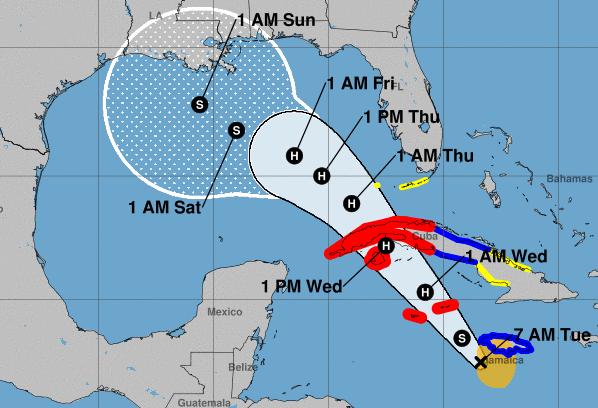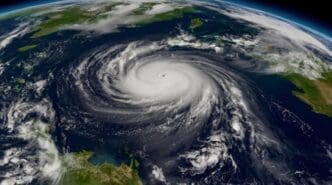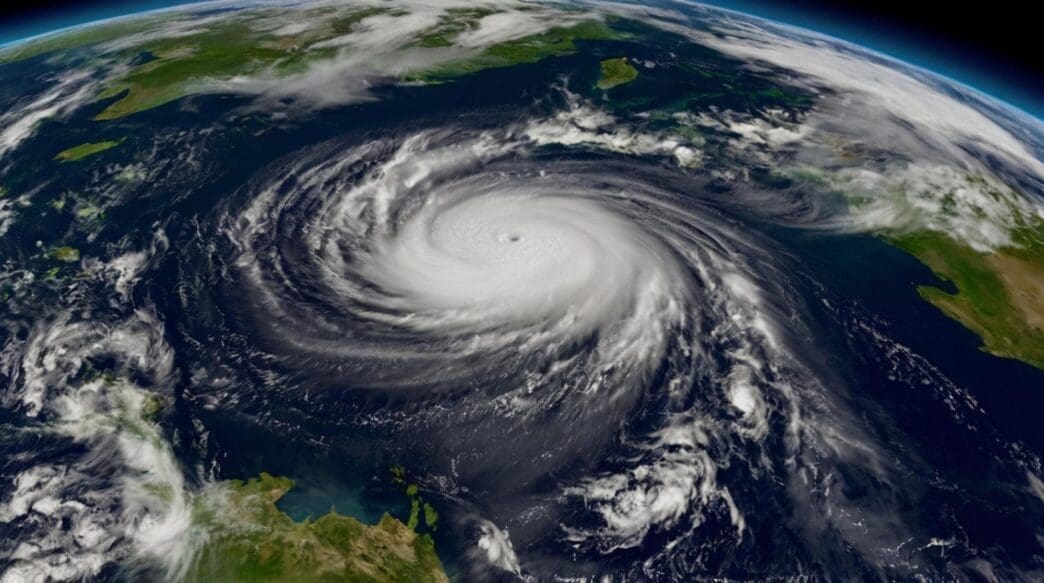Tropical Storm Rafael is intensifying rapidly and is projected to reach hurricane status before it makes landfall in Cuba, posing significant weather threats to the region.
According to the National Hurricane Center, Tropical Storm Rafael is expected to intensify into a hurricane by Wednesday. The storm’s path is forecasted to hit Cuba before crossing into the Gulf of Mexico later this week. This development has prompted a hurricane warning for Cuba’s western regions, while most of the country is under a tropical storm warning.

Cuba is already grappling with the aftermath of Hurricane Oscar, which struck the island two weeks ago. Oscar caused significant damage, claiming six lives and triggering extensive power outages. Rafael, entering from the northwestern Caribbean near the Cayman Islands, is anticipated to bring further challenges with its developing strength.
Both the Cayman Islands and parts of Jamaica are on high alert. The Cayman Islands have issued a hurricane warning, and Jamaica is under a tropical storm warning. Rafael, as of early Tuesday, was situated 80 miles south-southeast of Kingston, Jamaica, and 230 miles southeast of Grand Cayman, moving northwest at 13 mph with winds reaching up to 60 mph. The storm’s winds extend outward to 105 miles from its center.
In preparation for the storm, the Lower and Middle Florida Keys are under a tropical storm watch, with expectations of storm conditions by late Wednesday. These areas could experience 1 to 3 inches of rain and a storm surge of 1 to 3 feet. Forecasters also predict heavy rain will impact Jamaica and parts of Cuba, with potential flooding and mudslides from 3 to 6 inches of rain, and isolated areas possibly receiving up to 10 inches.
As Rafael moves further north, it may bring rainfall to Florida and other parts of the southeastern United States. Meteorologists are monitoring the interaction between the storm and the jet stream, which may influence Rafael’s path, possibly drawing it across southeastern Gulf or pushing it towards Louisiana or Texas. However, conditions in the Gulf, such as wind shear and cooler waters, could weaken the storm over time.
Additionally, a separate area of weather disturbance is predicted to develop near the northern Leeward Islands, potentially affecting the northeastern Caribbean by midweek. The National Hurricane Center currently assigns a low probability for development in the coming days.
The progression of Tropical Storm Rafael is being closely watched as it threatens to impact several regions with severe weather conditions. Authorities in Cuba, the Cayman Islands, and the southeastern United States are on high alert, emphasizing the need for preparedness in the face of potentially hazardous developments. The hurricane season remains active, with Rafael being a stark reminder of nature’s unpredictability.
Source: Sun-sentinel








